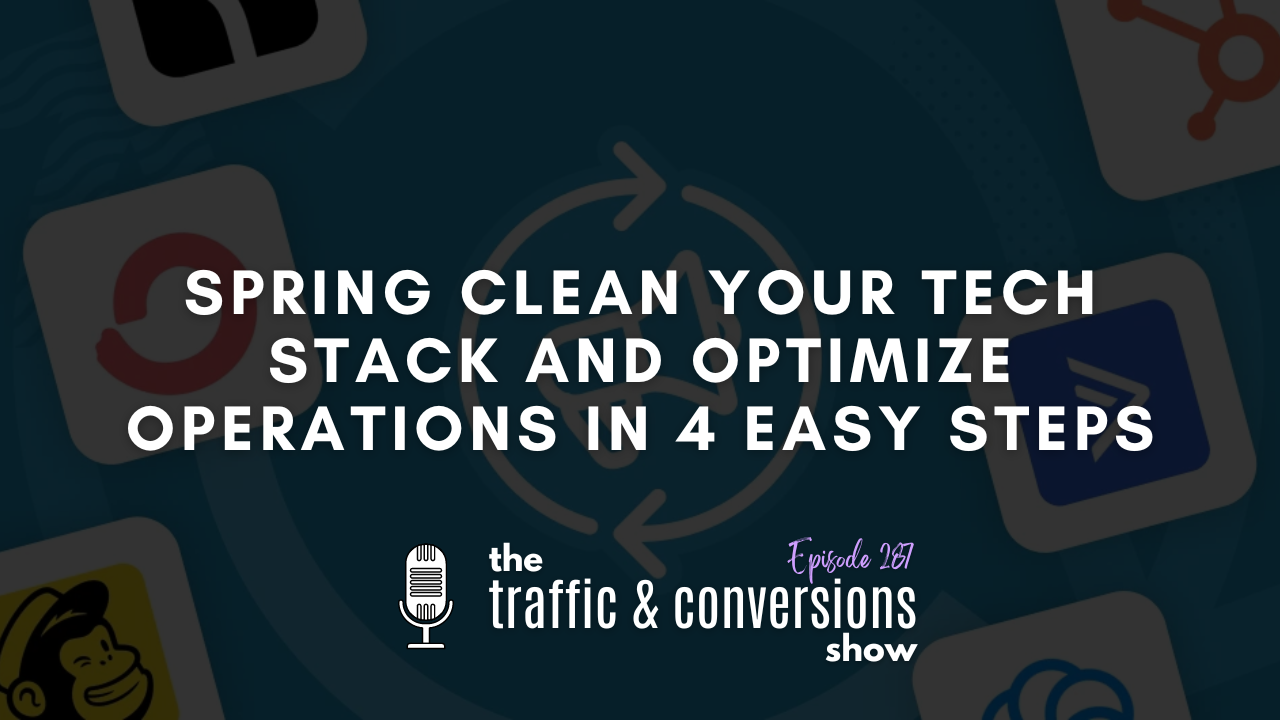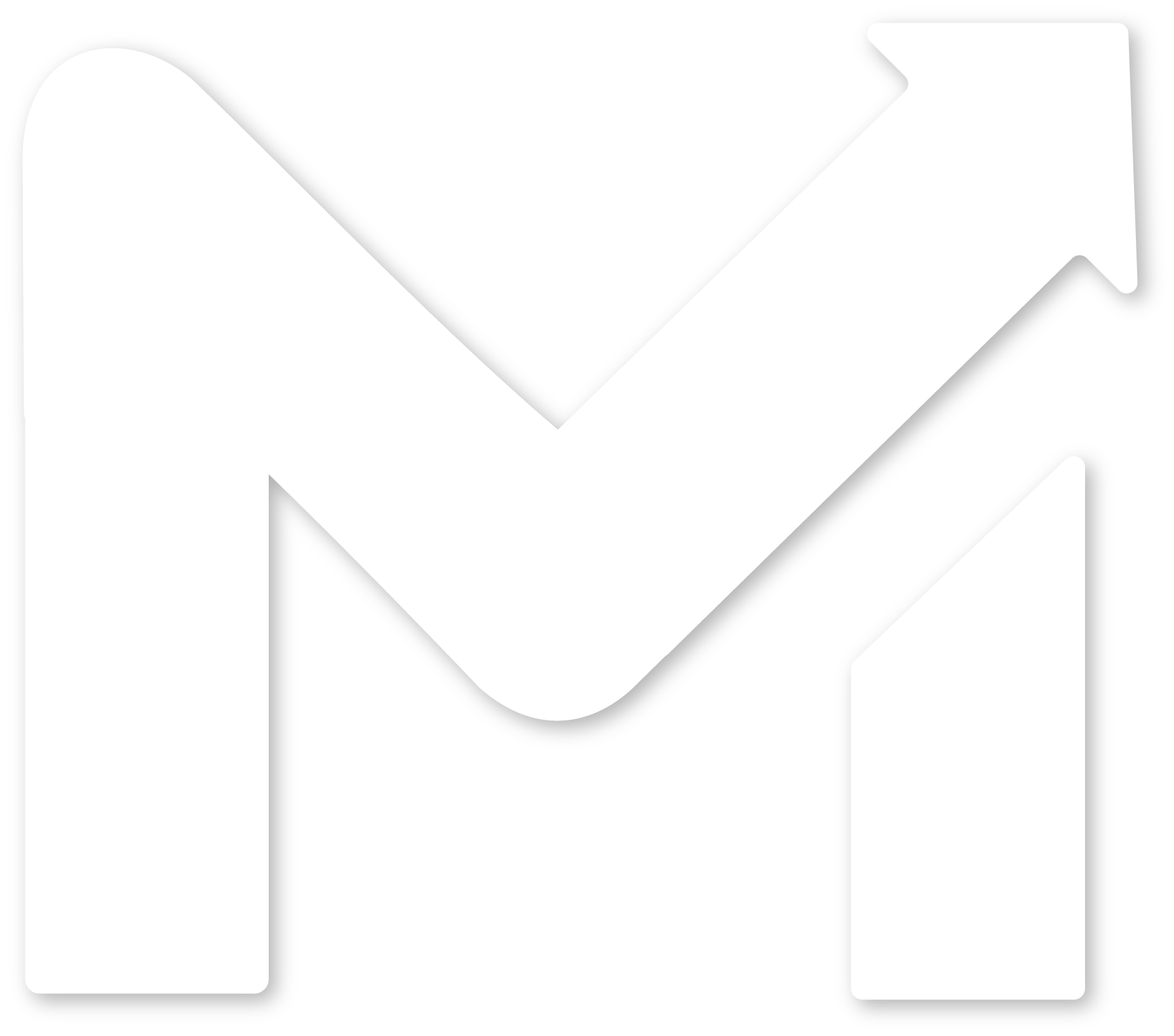One of the best decisions that you can make for your business? Embracing a leaner approach to your tech stack.
But what the heck is a tech stack?!
Well, your tech stack is essentially a toolbox for your customer’s journey – think email platforms, online course platforms, landing pages, sales pages, appointment schedulers – they all play a part.
But the trouble is, having a gazillion different tools and software can actually hinder the growth of your businesses as you end up duct taping everything together to make it work.
In this blog, we’re exploring how to simplify your tech stack so that you can not only save a ton of money, but also streamline your operations, enhance productivity, and make your customers a heck of a lot happier.
So let’s dig into the key steps that will help you simplify your tech stack:
1.Audit Your Tech Stack
The first step to simplifying your tech stack is to conduct a thorough audit. Start by listing out every tool and software you use for marketing, customer relationship management (CRM), analytics, and communication. I suggest creating a Google Sheets document to keep track of everything.
Gather your invoices and bank statements to identify which tools you’re paying for and whether it’s monthly or annually. This helps you understand the costs associated with each tool. Next, reach out to your team members in different departments to see who is using which tools and how frequently.
In your spreadsheet, categorize each tool based on its function—whether it’s for marketing, sales, customer support, or another purpose. Evaluate how often each tool is used and by whom. This process helps you spot redundancies or tools that aren’t being fully utilized.
Lastly, schedule regular audits—at least once a quarter—to keep your tech stack lean and efficient. By staying organized and regularly checking in with your team, you can ensure you’re only using tools that add value to your operations.
2.Eliminate the Unnecessary
The next step in simplifying your tech stack is to eliminate the unnecessary tools and software. After organizing your tech stack during the audit, ask yourself: Does each tool solve a current problem? Identify any redundancies—tools that serve similar purposes—and decide which ones better fit your needs.
Review usage patterns to see if a tool is rarely used or benefits only a small part of your team. Evaluate the cost versus the value by questioning whether the cost of each tool is justified by the value it brings to your business. Sometimes, opting for a cheaper tool may seem cost-effective initially, but if it lacks essential functionalities, it could end up costing more in the long run by hindering conversions and sales.
Set reminders in your project management system to cancel subscriptions for underutilized or unnecessary tools, especially if you’ve already paid for an annual subscription. This proactive approach ensures you’re only investing in tools that truly contribute to your business goals and efficiency.
3.Consolidate the Essential
Once you’ve cut the excess, you can start consolidating your essential tools. Look for platforms that offer multiple functionalities, reducing the need for separate tools.
By focusing on tools that can seamlessly integrate with each other, you will minimize duplication and improve efficiency. Prioritize platforms that offer a range of services like email marketing, CRM, and other essential functions. However, ensure that these platforms are robust enough to meet your needs. For instance, while a platform like Kajabi may seem comprehensive, it’s essential to assess whether it provides the specific capabilities you require for your business growth.
Choose tools that can scale with your business, accommodating more users and advanced features as your needs evolve. This flexibility prevents you from getting stuck with limited functionality or having to upgrade to more expensive tiers prematurely. By consolidating essential functionalities into fewer platforms, you’ll streamline your tech stack and pave the way for smoother operations and growth.
4.Evaluate and Optimize
The final step in optimizing your tech stack is continuous evaluation and refinement. Technology and business needs evolve over time, so stay vigilant for newer, more efficient tools that can replace outdated ones. The goal is to maintain a streamlined tech stack that aligns with your business objectives.
Regular audits are key, but not with the intention of changing platforms every quarter. Instead, focus on finding tools that can grow with your business and offer features that may not be fully utilized now but could significantly benefit your operations in the future.
Gather feedback from your team during audits to identify any gaps or inefficiencies in the tools they use and use this feedback to inform your search for new tools or upgrades. For example, if someone from your team needs specific automation features or requires enhanced sales pipeline capabilities, prioritize these needs when exploring new solutions.
Keep an eye on emerging technologies that can simplify or enhance your operations, especially those that support customer retention and engagement. Look for tools that automate processes like personalized emails, reminders for important milestones, or notifications for team actions. Your all-in-one system should have these capabilities to effectively nurture existing customers and drive additional sales opportunities.
Remember, the goal is to optimize your tech stack to not only attract new customers but also to retain and engage existing ones efficiently and effectively. By continuously evaluating and optimizing your toolset, you’ll ensure your business remains agile and competitive in a rapidly changing digital landscape.
Prioritize Scalable and Customizable Platforms with Analytics Capabilities
When prioritizing platforms for your tech stack, focus on scalability, customizability, and robust analytics capabilities. Try to seek out tools that seamlessly integrate with APIs and other platforms without the need for additional middleware like Zapier. Choose platforms that offer customizable features and can grow alongside your business.
While it may require a slightly higher investment upfront, don’t forget to consider the long-term benefits and returns on investment for your business. Look beyond the initial cost savings to evaluate how a platform can contribute to your business’s growth and efficiency over time.
Keep in mind that transitioning to a new platform may initially feel daunting, but the goal is to simplify your operations and improve efficiency. Opt for platforms that provide comprehensive analytics, allowing you to track and optimize key metrics such as email performance, landing page conversions, and campaign effectiveness.
For example, tools like Optima Funnels offer robust capabilities at a competitive price point, helping businesses save significant amounts while streamlining their tech stack. By leveraging advanced analytics, you can make data-driven decisions to optimize your workflows and drive business growth.
Remember, simplifying your tech stack isn’t just about cost-cutting; it’s about strategically aligning your tools with your business goals. By prioritizing scalable and customizable platforms with strong analytics capabilities, you’ll enhance team productivity, streamline operations, and ultimately deliver a better experience for your customers.
Want to learn more about how an all-in-one growth platform like OptimaFunnels can revolutionize your tech stack and streamline your business operations? Visit OptimaFunnels.com today to discover how you can optimize your workflows, enhance analytics capabilities, and achieve significant cost savings with a platform designed to fuel your business’s growth!


